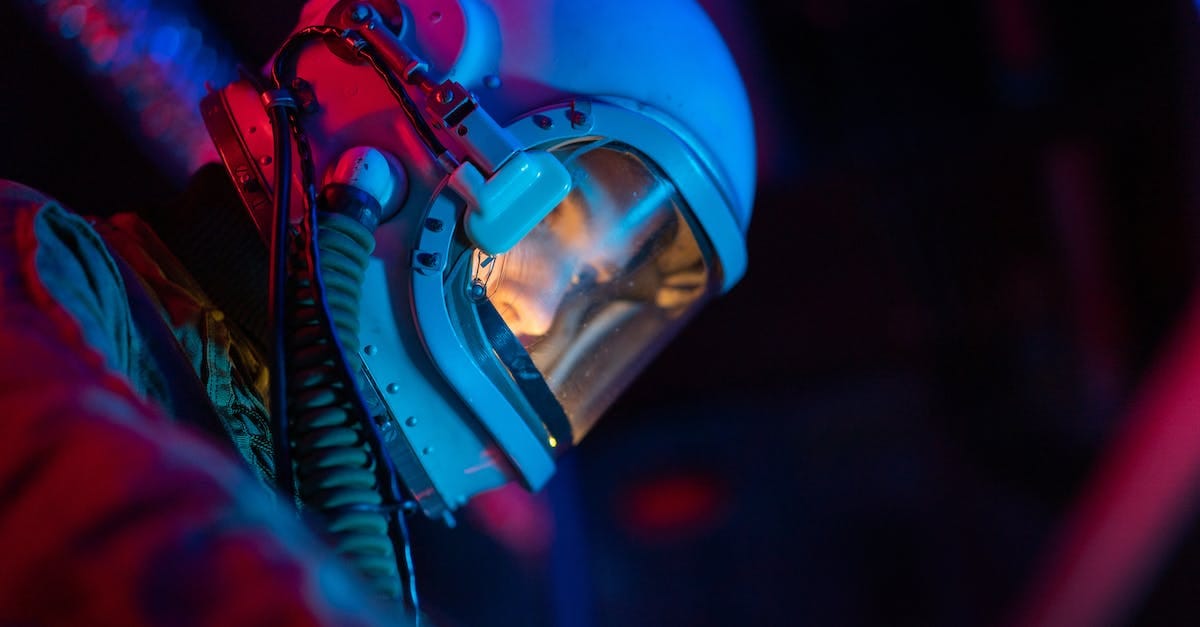NASA Demonstrates Laser Communications: Pioneering Science and Exploration Missions

Introduction:
NASA is continuously pushing the boundaries of communication technology to enhance scientific research and exploration missions. By harnessing the power of laser communications, the agency is showcasing the advantages of using infrared light to transmit terabytes of vital data. In this article, we delve into NASA’s latest efforts in laser communications, focusing on the upcoming demonstration on the International Space Station (ISS) and the ongoing advancements of the Laser Communications Relay Demonstration (LCRD) project.
1. ILLUMA-T: Revolutionizing Low Earth Orbit Missions with Laser Communications
– Launching the Integrated Laser Communications Relay Demonstration Low Earth Orbit User Modem and Amplifier Terminal (ILLUMA-T) payload to the ISS in November.
– Highlighting how missions in low Earth orbit can benefit from laser communications.
– Exploring the capabilities of sending and receiving information at higher data rates.
– Facilitating the transmission of larger amounts of data, expediting discoveries for researchers.
2. A Milestone in Communication Technology: NASA’s First Bi-Directional Laser Communications Relay
– Managed by NASA’s Space Communications and Navigation (SCaN) program.
– ILLUMA-T completes NASA’s first bi-directional, end-to-end laser communications relay.
– Collaborating with the Laser Communications Relay Demonstration (LCRD) mission.
– Demonstrating the advantages of laser communications from geosynchronous orbit.
3. LCRD Advancements: Pushing the Boundaries of Laser Communications
– The Laser Communications Relay Demonstration (LCRD) launched in December 2021.
– Transmitting data between two ground stations on Earth to validate the benefits of laser communications.
– Evaluating atmospheric impact on laser signals for improved performance.
– Testing LCRD’s compatibility with multiple users for enhanced networking capabilities.
– Exploring delay/disruption tolerant networking (DTN) over laser links.
– Investigating improved navigation capabilities for future space missions.
4. Significance of Laser Communications in Space Exploration
– Increasing data transmission rates for deep space missions.
– Reducing signal delay and latency for real-time communication with spacecraft.
– Enabling high-definition video streaming from distant celestial bodies.
– Facilitating rapid information exchange between space and Earth.
– Enhancing navigation and spacecraft control by improving data accuracy.
5. Potential Applications and Future Prospects
– Enabling faster and more efficient communication for lunar missions.
– Facilitating collaboration between astronauts on the Moon and mission control.
– Elevating capabilities for human missions to Mars and beyond.
– Enhancing the exploration of distant planets and asteroids.
– Supporting autonomous spacecraft and robotic missions.
Conclusion:
NASA’s ongoing efforts in laser communications demonstrate the agency’s commitment to pushing the boundaries of technological innovation in space exploration. The upcoming ILLUMA-T demonstration on the International Space Station and the achievements of the Laser Communications Relay Demonstration project mark significant milestones in the development of laser communication systems. As the potential applications and future prospects of laser communications continue to expand, we can anticipate revolutionary advances in data transmission, exploration capabilities, and the overall understanding of the Universe.




